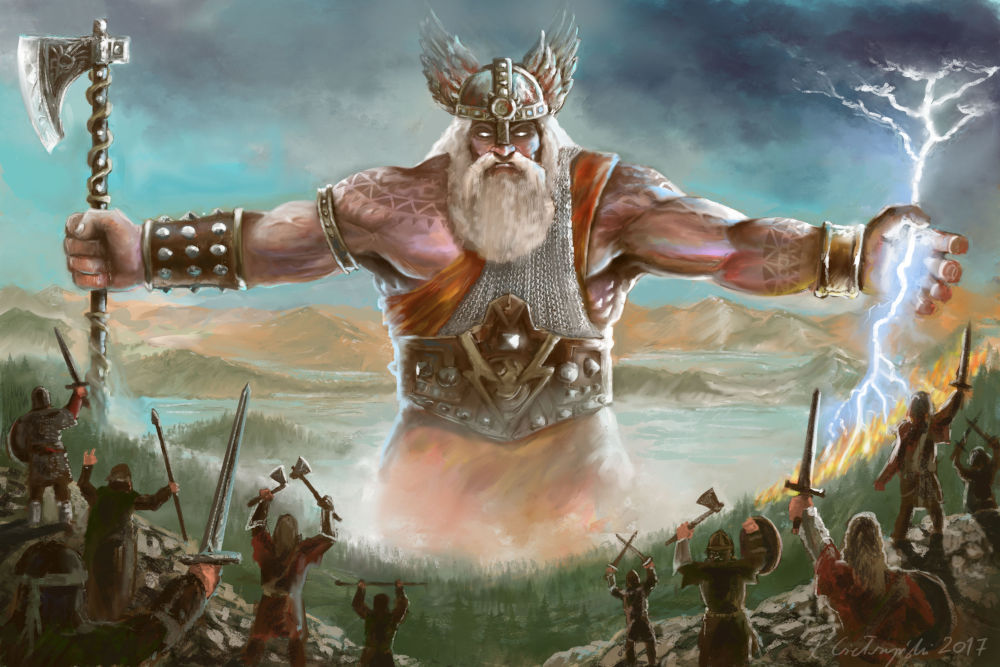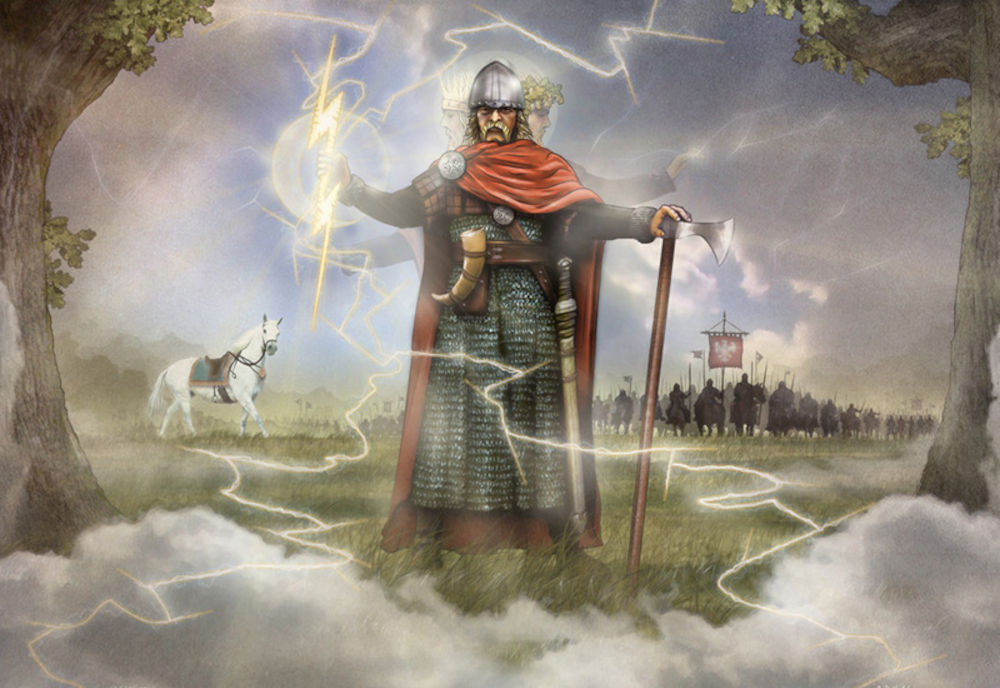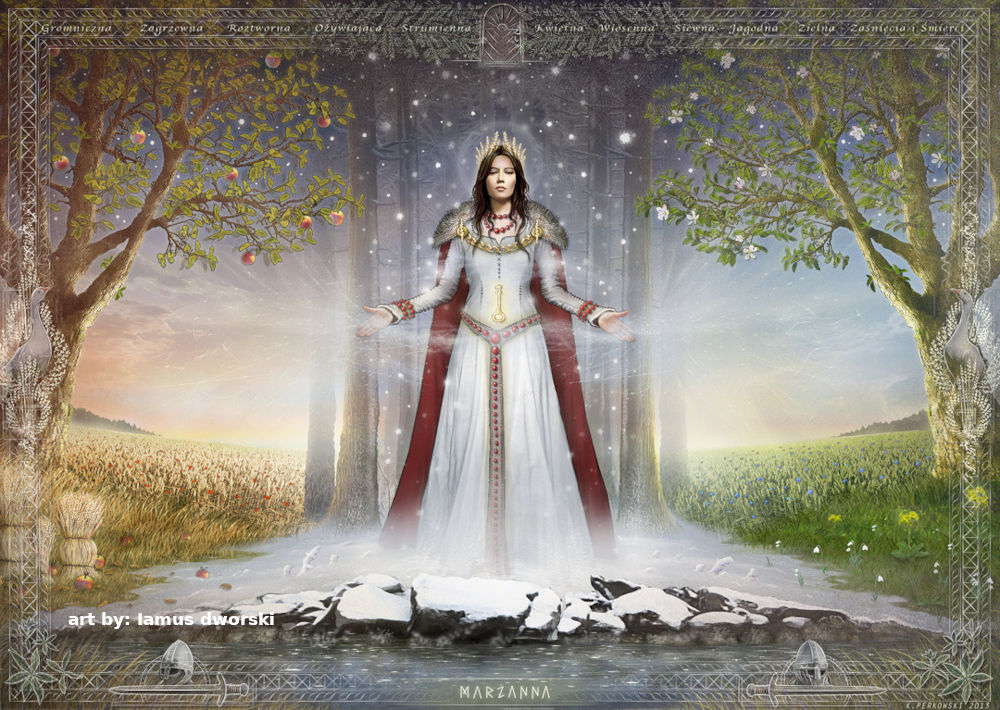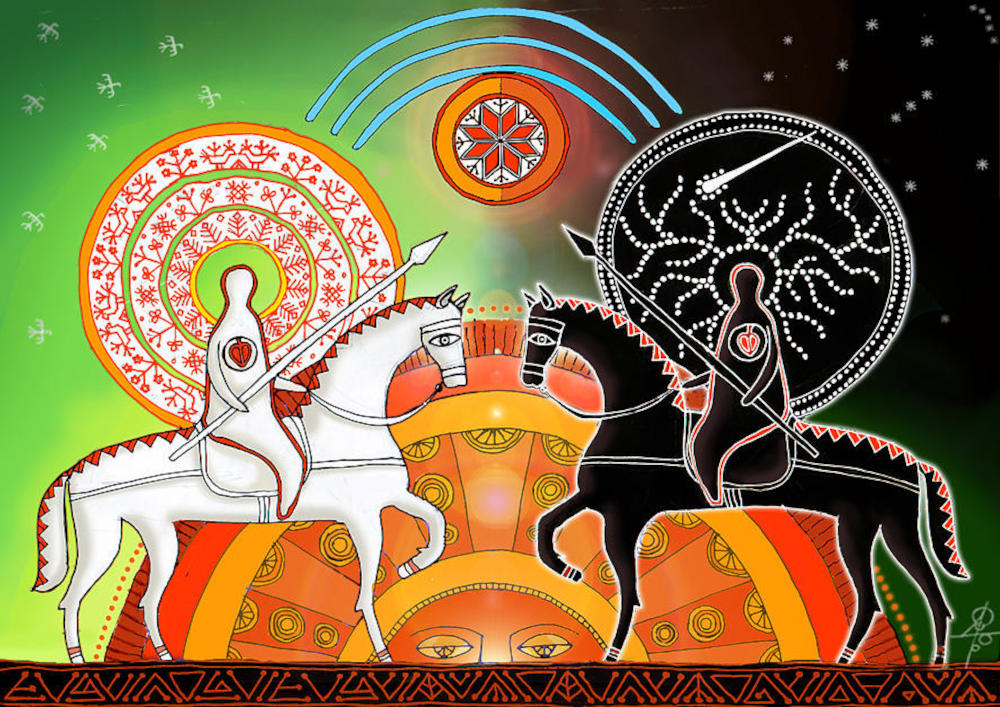Vesna – the goddess of spring, love and harmony
- Home
- Croatian Culture and History
- Vesna – the goddess of spring, love and harmony
Vesna – the goddess of spring, love and harmony
- access_time15 May 2021
- account_circleCroatian Culture and History

Vesna is a lovely and sweet goddess of waking spring, youth and life and, according to some, she is even believed to be the wife of Svantevid. Vesna is the spring deity of the earth, dressing it in the attire of buds, flowers, grass and other greenery. She is one of the most important and most adored goddesses of ancient times as her heart was harmonized with reason, beauty with tenderness. Old Slavs saw an ally in Vesna, adored her for her beauty and generosity believing that naming their daughters after her would mean that they too would be as generous and bright as the goddess herself.
Vesna’s powers reached their zenith in the spring, when everything around is green, flourishing and blooming – that is when she reigns. Slavs believed she could bring natural balance resulting in harmonious and fertile life which is why she was also considered to be the goddess of fertility. They trusted that Vesna, in contrast to the dangerous Morana, was helping people and that in spring she restored their health damaged during winter, harmonizing the work of the heart and mind. By doing so, she made people good and gentle, so that nothing would prevent them from nurturing respect and harmony with each other.
Her enchanting appearance
Old Slavs often imagined her as a beautiful, smiling young girl walking barefoot, with large breasts, long light hair and rosy cheeks. She is depicted with a flower in her hair, wearing clothes made of grass, twigs, leaves and flowers, holding a bouquet of flowers in her left hand, some fruit and a swallow standing on the index finger of her right hand. Her appearance symbolized marriage and fertility which is why she was often admired among newlyweds. A swallow bird was dedicated to her and was therefore considered a divine bird and a harbinger of spring returning from winter migrations, so the month of March was dedicated to it. Vesna is at the same time the goddess of love and harmony, something like Venus in Roman and Aphrodite in Greek mythology. She captivates, inspires and intoxicates with her voice and music, returns love to people's hearts and calls for cooperation.
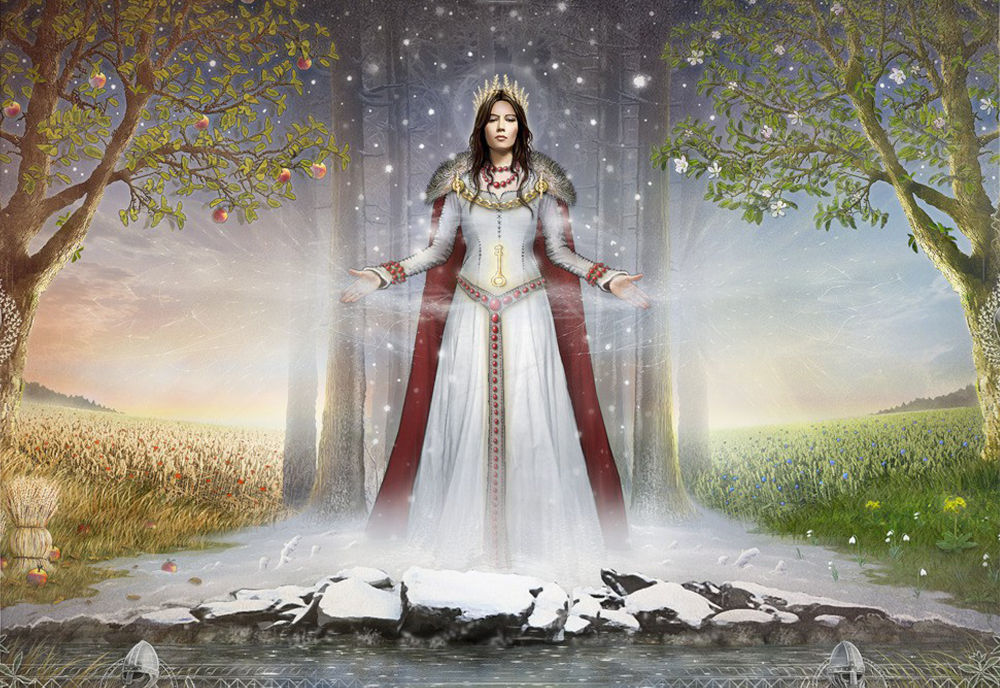
Image source: thezaurus.com
Celebrations of her glory
The shepherds begged her for fresh and green fodder, fertility and fecundity of their cattle, so, as soon as nature turned green, they lit bonfires and danced around them to celebrate her glory. Vesna's day was celebrated when “the sun bounced three times with joy”. It was the liberation from Morana, the feared goddess of winter and death whose doll was thrown into the fire as a sign that the power of Baba Jaga, Morana’s alter ego, had been broken and with the hope that spring will arrive sooner. Morana's death means, therefore, Vesna's life and one cannot exist without the other as they are interwoven and represent the changing of seasons and a continuous cycle of death and rebirth. This obvious difference between the two goddesses underpin the notion that people viewed their deities as having common human characteristics like jealousy, competitiveness and desire for power.
Vesna brings a smile back on our faces and heals the soul. She has the ability to help us overcome a problem, the ability to understand emotions and direct them where we want. Vesna shows us how not to despair and how not to suppress emotions, but to let them flow freely like a swollen river in spring. She teaches us a powerful lesson of regaining enthusiasm and optimism. So let’s run barefoot, touch the grass and smell flowers, make love in nature, show tenderness to our partners, feel ecstasy, find out what we live for, enjoy the present moment, love simple things, love our bodies and wear light clothes without being ashamed.


